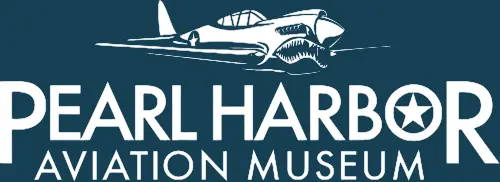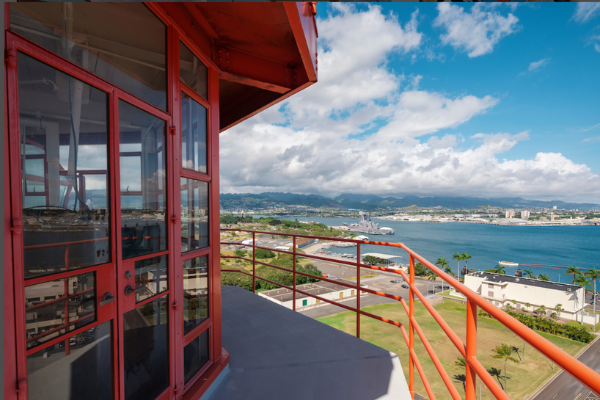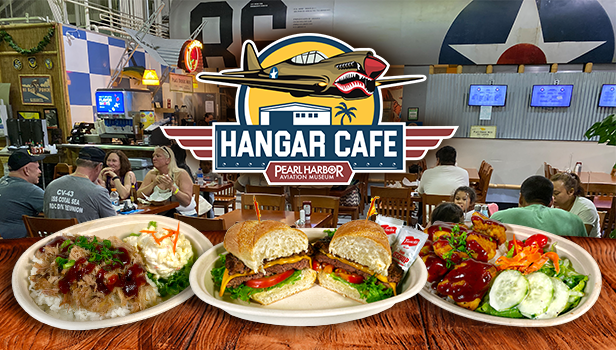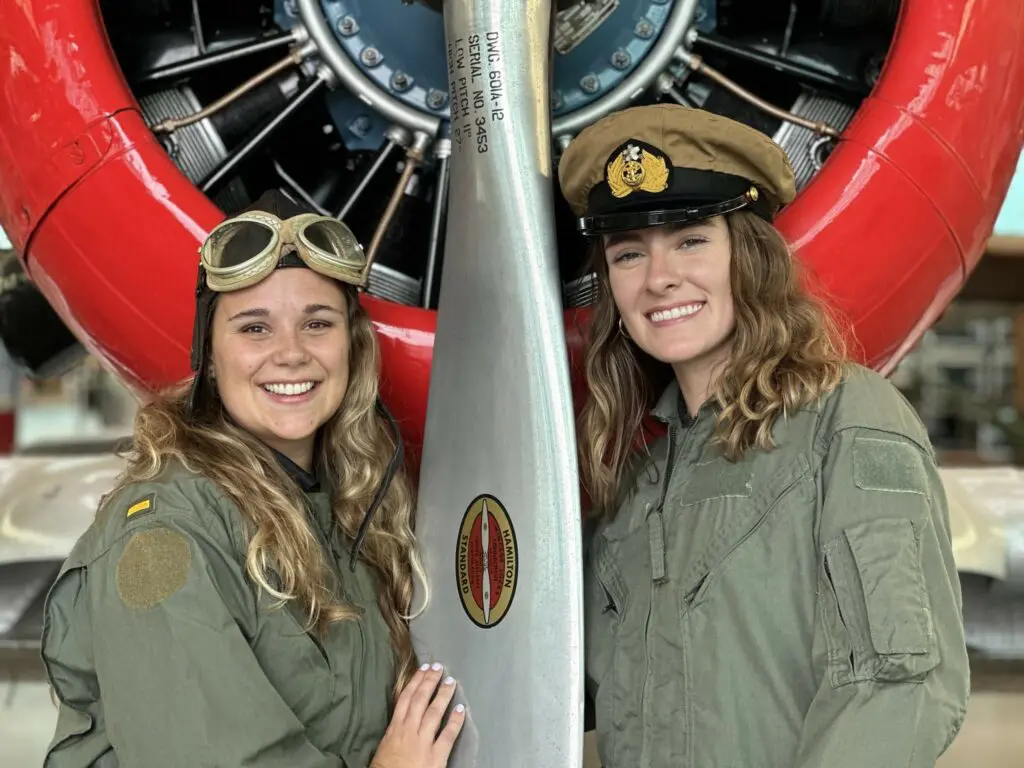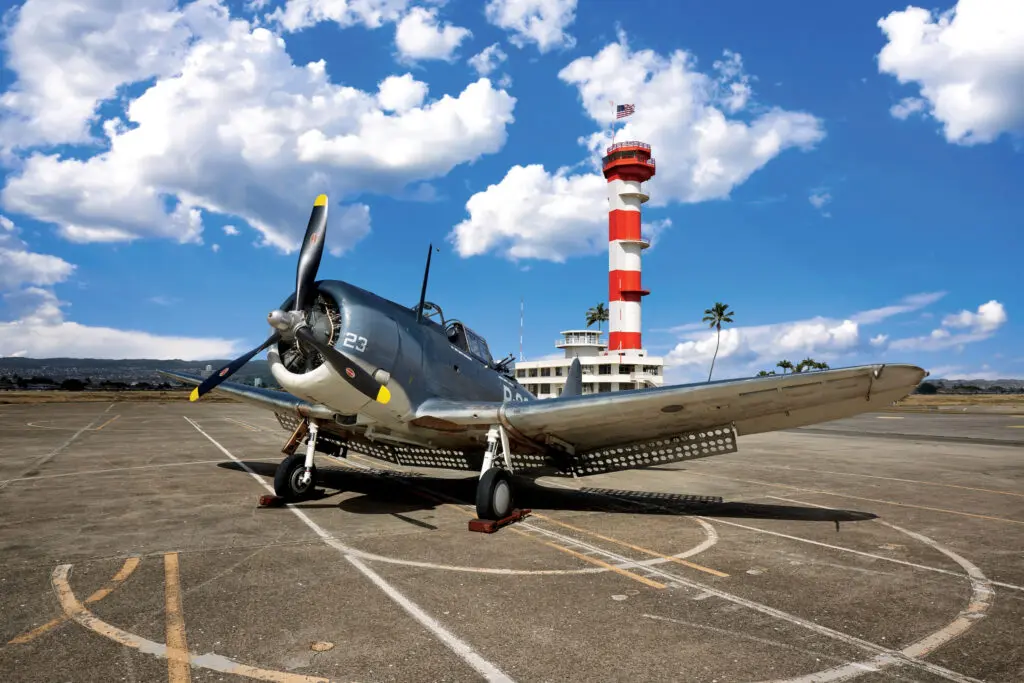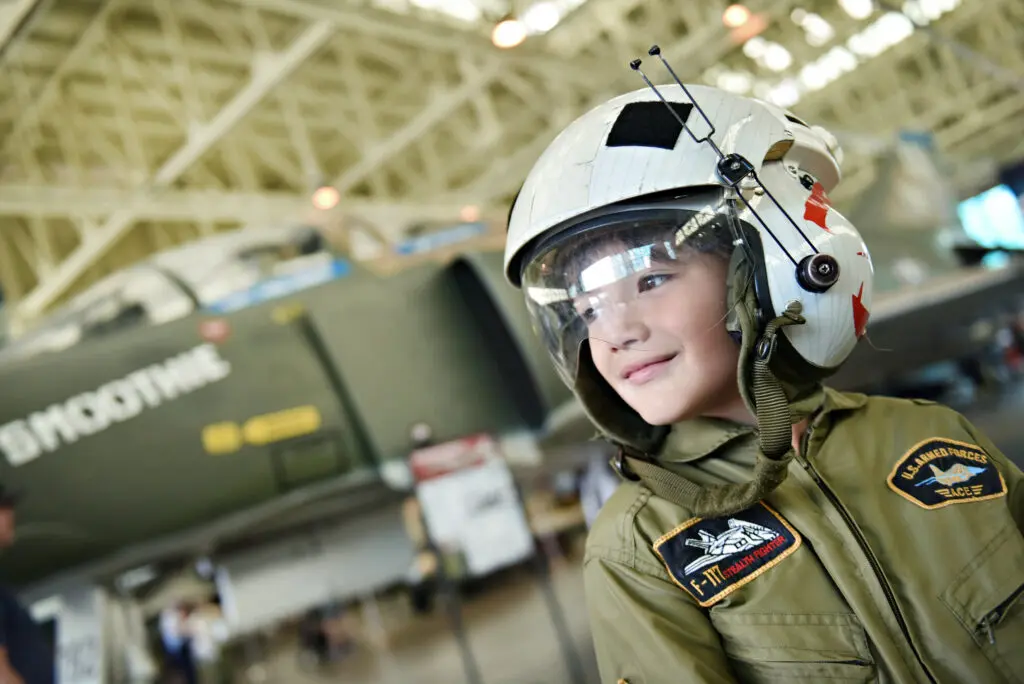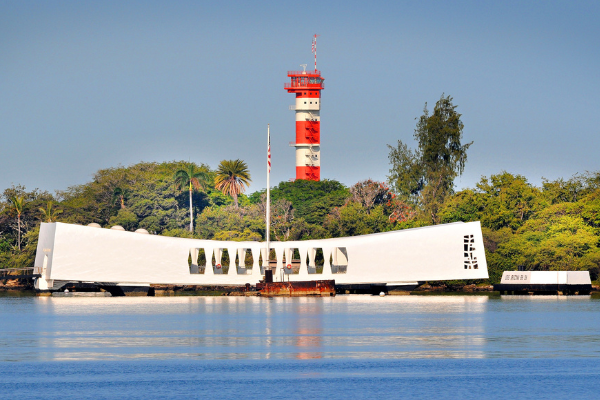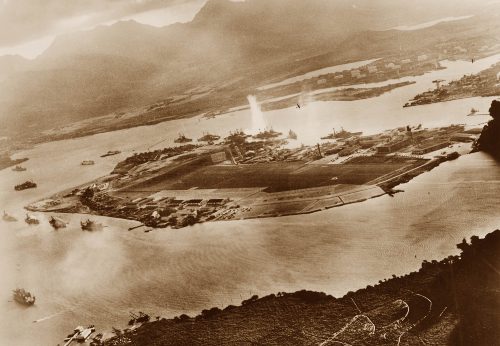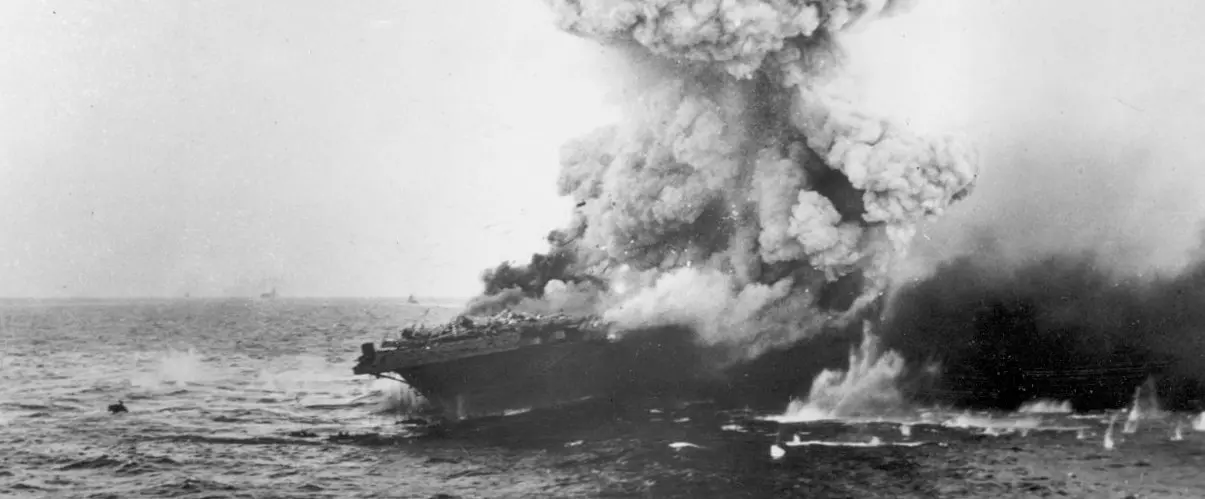Posted on March 8, 2014
By Raymond R. Panko | [email protected] | Pearl Harbor Aviation Museum
Synopsis
The Battle of Midway is well known as the turning point in the Pacific war. However, if not for the Battle of the Coral Sea a month earlier, the three American carriers at Midway would have faced six Japanese carriers of the type that had devastated Pearl Harbor five months prior, instead of only four — and the Battle of Midway might have ended differently.
Coral Sea was the world’s first all-carrier battle, and the first sea battle in which neither side could see the other. Both the U.S. and the Japanese navies thought they understood how to fight using carriers. Both discovered they were wrong. At the end of this painful learning experience, the United States had lost the 41,000-ton carrierLexington, while Japan had lost only the 11,000-ton carrier Shoho.
The battle was a strategic victory for the United States. The Japanese invasion fleet turned back, saving the region that a Japanese air base at Port Moresby would have dominated. More importantly, Japan’s two newest carriers,Shokaku and Zuikaku, were damaged so much that they could not participate in the Battle of Midway. Their absence might have been a decisive factor.
After the Battle of the Coral Sea, the Japanese army continued to press south, but the Australians beat them back twice in New Guinea, and the U.S. held them off at Guadalcanal.


Japan’s Plan
Early in 1942, Japan decided to block the Allies from setting up bases in Australia. Operation MO would send a large invasion force to Port Moresby, the capital of New Guinea. From Port Moresby, the Japanese would be able to project air power beyond the northern tip of Australia and establish bases even further south (Hearn).
The Port Moresby landing force sailed with about a dozen transports filled with troops, several cruisers and destroyers, and a half-size carrier, Shoho (Bennett, Hearn). A smaller invasion force would move down the Solomons, which lay on New Guinea’s eastern flank. The specific target in the Solomons was Tulagi, which was the colonial capital. To protect these two invasion fleets, Zuikaku and Shokaku would lead a separate covering force to create a blanket of air protection (Bennett).
The U.S. Prepares
By March 1942, the United States had cracked part of the current Japanese Naval (JN) code, JN-25. However, U.S. intelligence could intercept only about 60 percent of all Japanese transmissions and had the resources to analyze only about 40 percent of the messages it did intercept (Parshall and Tully). Even then, code breakers typically could read only 10 to 15 percent of the code groups in a message (Parshall and Tully). U.S. intelligence primarily used direction-finding equipment to learn where many Japanese ships were and where they were heading (Parshall and Tully).
Beginning on April 16, U.S. intelligence began using this spotty information to piece together an understanding of a Japanese plan to move south with carriers (Parshall and Tully). On April 17, Nimitz ordered the carrier Lexington to join Yorktown in the Coral Sea (Bennett). If Halsey had been able to move Enterprise and Hornet there too, the U.S. might have been able to destroy the Japanese fleet. But Enterprise and Hornet needed refitting after the Doolittle raid of April 18, 1942, and could not get there in time for the fight (Parshall and Tully).
Japan Moves
On May 4, 1942, Japan’s Tulagi invasion force landed and began to build a seaplane base (Bennett). The next morning, Yorktown’s air group hit Tulagi (Hearn). This attack should have alerted the Japanese to U.S. carriers in the area, but it did not — nor did a sighting of the U.S. fleet by a Japanese reconnaissance bomber because the covering force was never notified (Hearn).
Balancing this, a U.S. Army Air Forces patrol bomber spotted the Port Moresby invasion force, but the USAAF failed to notify the Navy (Hearn). For the next two days, bad weather kept the two forces from finding each other, despite the fact that they were only about 70 miles apart (Bennett).
May 7: “Scratch One Flattop”
On May 7, Japanese searchers reported the position of a U.S. carrier and a cruiser (Bennett). This was really the U.S. tanker Neosho and its escort destroyer (Bennett). The Japanese sank the two vessels, wasting their force on a minor target.
The U.S. soon equaled Japan in poor intelligence and the selection of a minor target. An SBD scout plane reported sighting two carriers and four cruisers. This was a coding error. The report should have read two cruisers and four destroyers (Bruning). Yorktown and Lexington launched 93 aircraft at this “carrier force.”
Fortunately, the SBD pilot quickly discovered his coding error, and an Army bomber luckily found Shoho. The U.S. aircraft were redirected to the small carrier (Bruning). When the strike teams reached Shoho, they sunk it in a barrage of dive bombs and torpedoes (Bruning). In triumph, Lt. Commander Robert E. Dixon radioed back, “Scratch one flattop! Dixon to carrier, scratch one flattop (Bruning)!” Japan had lost its first carrier.
Alerted by Shoho’s sinking, Shokaku and Zuikaku sent 15 B5N “Kate” torpedo bombers and 12 D3A “Val” dive bombers to find and attack the American carriers (Hearn). The force did find the U.S carriers at dusk, but the Japanese strike group was mauled by U.S. fighters and did no damage.
In this highly confused battle, two separate groups of Japanese planes tried to land on Yorktown, thinking it was a Japanese carrier (Hearn). Only six of the 27 Japanese aircraft made it back to their carriers (Hearn).
Overall, May 7, 1942, was a good day for the United States, but not a spectacular one. The next day would be the big event.
May 8: The Main Battle
The next morning, the main carrier fleets found each other almost simultaneously. Yorktown’s SBD dive bombers arrived first, sighting Zuikaku and Shokaku at 10:32 a.m. (Hearn). Amazingly, the carriers had no air cover (Hearn). Instead of attacking, however, the dive bombers hovered for 20 minutes, per doctrine, to wait for the slow Yorktowntorpedo bombers to arrive for a coordinated strike (Bruning, Hearn).
By the time torpedo bombers arrived, the Japanese carriers were covered by a storm (Bruning, Hearn). Eventually, the clouds parted long enough to reveal Shokaku. Hampered by bombing sights that fogged up in the humid weather (Hearn), the Yorktown dive bombers hit Shokaku with only two bombs (Bennett). A few minutes later, Lexington’sdive bombers also located Shokaku and hit it with a third bomb (Hearn).
Shokaku’s flight deck was wrecked (Bruning). Zuikaku was not hit, but the battle had taken a terrible toll on air groups of both carriers. Only 39 aircraft from the two-carrier air group had survived the battle (Hearn). WhenShokaku and Zuikaku limped home, they had to be taken out of service for two months — long enough to keep them out of the Battle of Midway. The Japanese attacked Midway with only four carriers.
One of the two Yorktown hits bears special mention (Bruning). When Yorktown’s VB-5 SBDs began their attack, Zeros swarmed on them. One SBD, piloted by Lt. John Powers, was hit and set on fire. But Powers continued his dive, scoring a direct hit on Shokaku. Powers’ Dauntless exploded moments later, crashing into the sea next to its target. Powers received the Medal of Honor posthumously.
The Japanese quickly found the U.S. fleet, this time in clear weather (Hearn). The Japanese attacked the two carriers with torpedo bombers and dive bombers. Lexington had a difficult time maneuvering to avoid being hit (Hearn). The Japanese were able to slam Lexington with two torpedoes and then seven bombs (Bennett, Bruning).
Yorktown, having only half the displacement of Lexington, was more nimble. It dodged a gauntlet of torpedoes and bombs for several minutes (Hearn). Finally, however, a single bomb hit Yorktown, causing significant damage (Bennett). After the attack ended, the badly damaged Lexington managed to make way and seemed to be safe (Hearn). But a spark ignited fuel vapor that had spread throughout the ship (Bennett).
Lexington was lost, but nearly all crew members survived and were removed safely (Hearn). In the end, Lexingtonhad to be sunk by a destroyer (Hearn).
Lexington was one of America’s best carriers, and its loss was devastating. Yorktown was badly damaged and limped back to Pearl Harbor with 50 surviving aircraft from the two air groups (Hearn). In only three days, the minimally repaired Yorktown was out again, bound for the Battle of Midway (Hearn). There, it would play a critical role in the attack — but would itself be sunk.
Aftermath
The Battle of the Coral Sea was a tactical defeat for the Americans, with the loss of a 41,000-ton carrier for a small, 11,000-ton Japanese carrier. However, Coral Sea was a strategic victory because Japan could not land its invasion force at Port Moresby.
The Japanese did not give up their push south into New Guinea and the adjacent Solomons, but had to do it without carrier support (Willmot). On July 27, the Japanese began to push toward Port Moresby from recently conquered Buna on the northern side of New Guinea (Willmot).
The Japanese picked a route over the Owen Stanley Mountains, along the Kokoda Track, which proved to be a treacherous single-file track unfit for moving people, much less heavy equipment. The Japanese slowly pushed toward their objective against Australian forces, but on Sept. 24, the tenacious Australians stopped the Japanese and then began to drive them back toward Buna (Willmot). The Kokoda Track battle continued for months, but Port Moresby was safe from invasion.
Realizing that Kokoda was not going well, the Japanese moved against Port Moresby a different way (Willmot). On Sept. 25, they landed an army invasion force at Milne Bay, near the southeastern tip of New Guinea. After the bay, Japan planned to invade along New Guinea’s relatively hospitable southern coastline. Instead, the Australians stopped the Japanese landing force cold and then pushed the invaders back into the water. Kokoda and Milne Bay were the first defeats for the Japanese army, which no longer seemed invincible. The Japanese had failed strategically, and they had been beaten head-to-head in the field.
While the New Guinea battles were underway, the Japanese also began to consolidate their hold over the Solomon Islands on the eastern flank of New Guinea. In late July, Japan started to build an air base on Guadalcanal, which is a little south of Tulagi. On August 7, however, the U.S. landed on Guadalcanal and captured the airbase. Although it took the Allies months to defend their conquest, Japan failed to retake Guadalcanal.
Although no one knew it at the time, Kokoda Track, Milne Bay, and Guadalcanal marked the end of Japan’s push to the southeast. With its army stopped by these battles and the its navy heavily defeated at Midway, Japan spent the rest of the war trying to stop the Allied advance.
